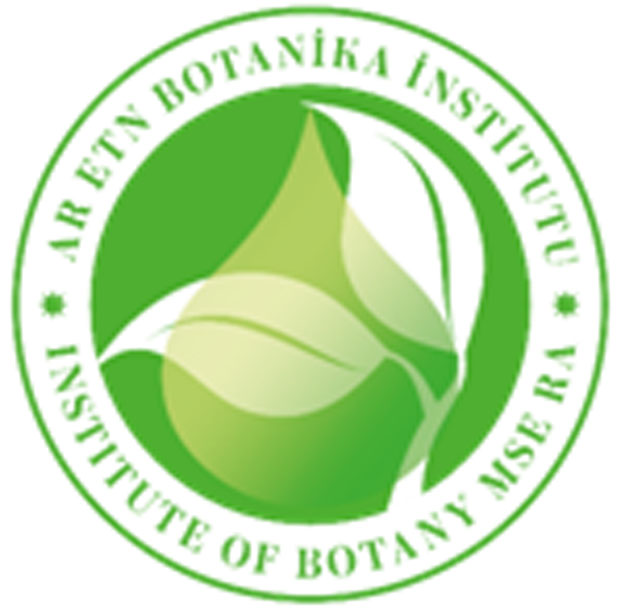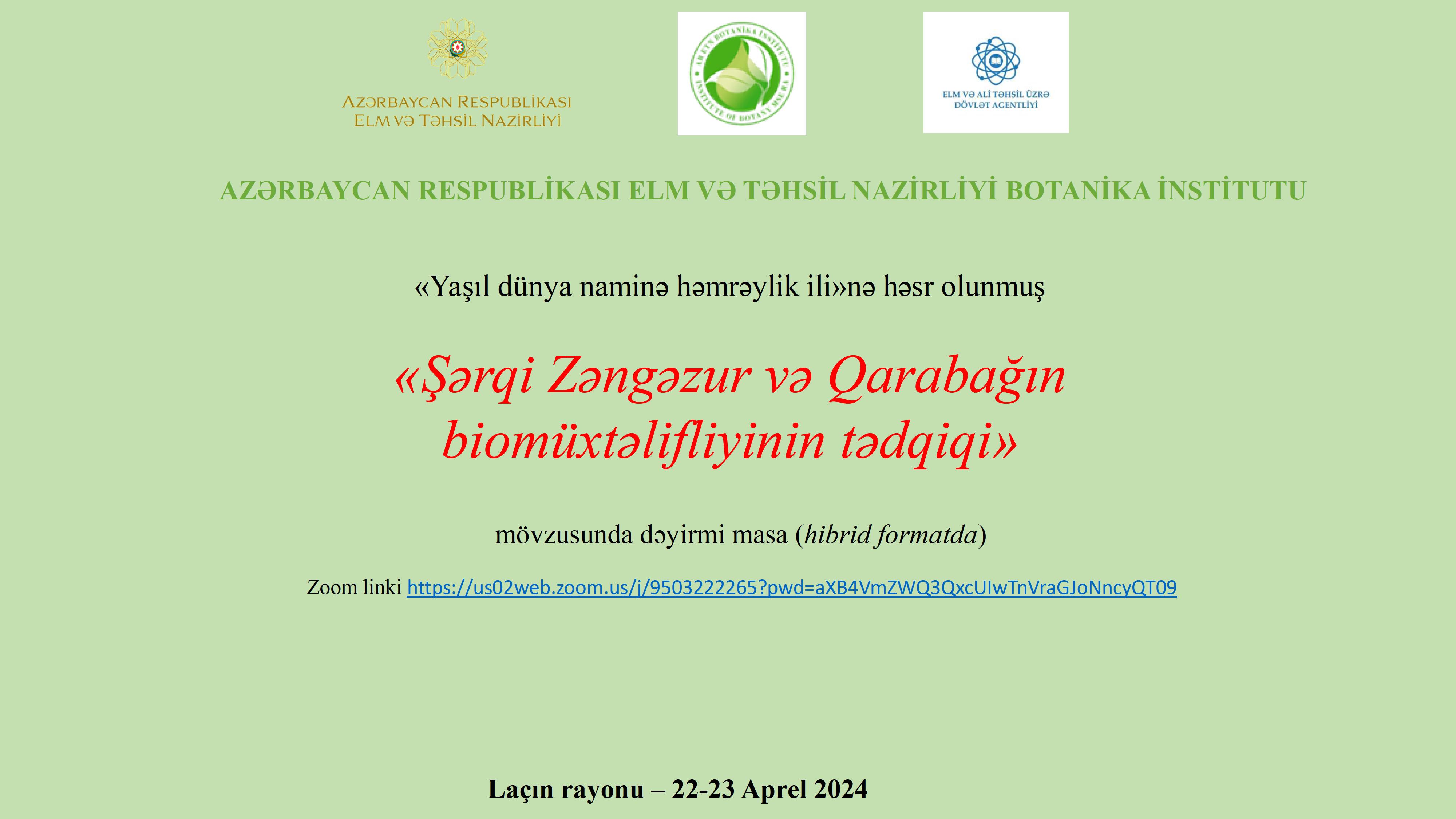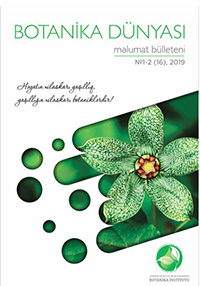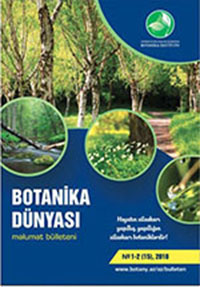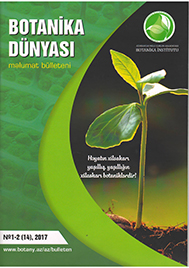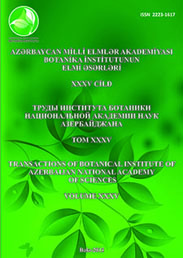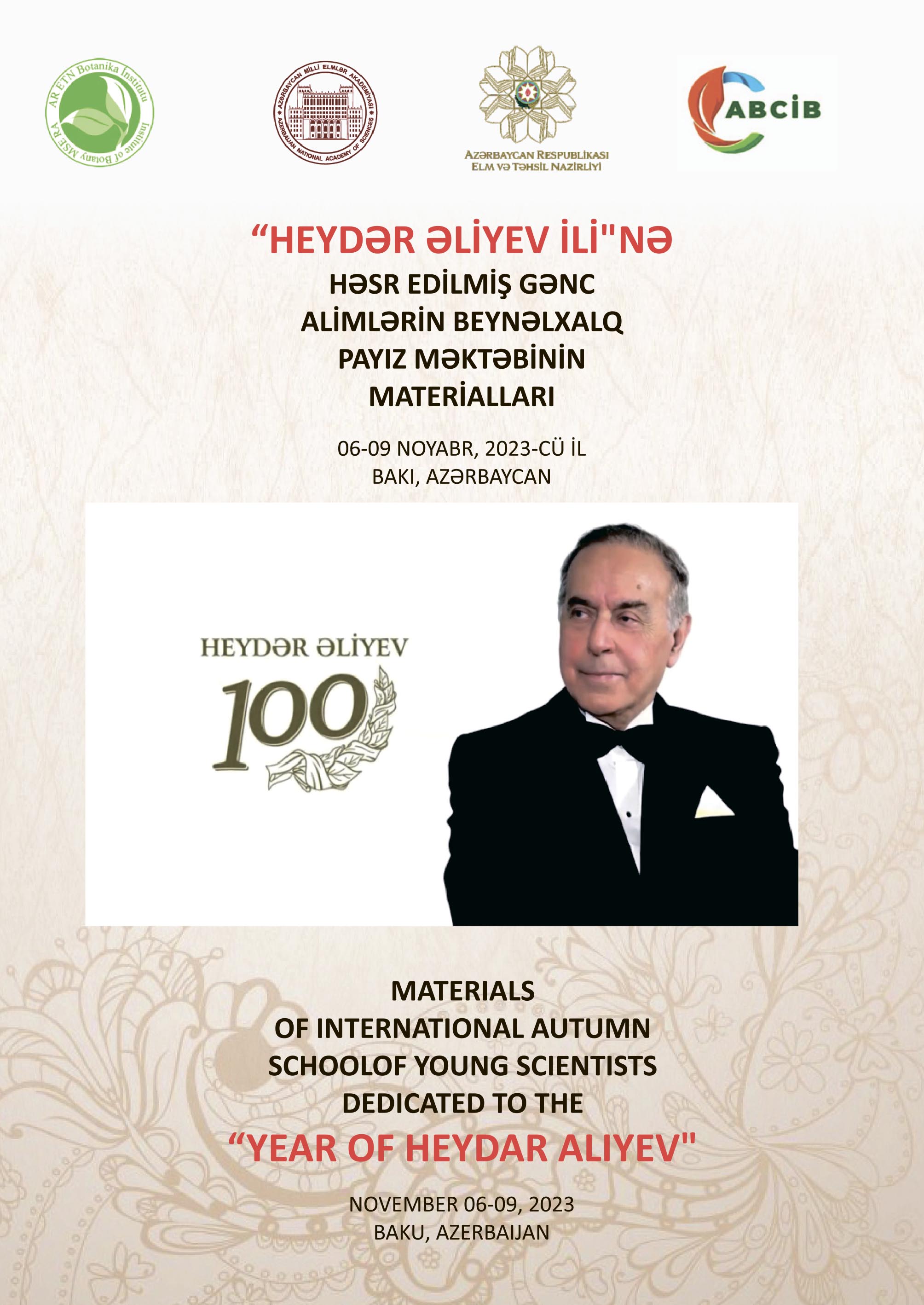| Chief | Doctor of Biology, Associate Professor Gurbanova Inna Musa |
| Basic activity directions | Photosynthesis. Damages and adaptation mechanisms of photosystems; |
| Main scientific achievements | The effect of Cu2+ on the state of the pigment fond in chloroplasts was studied at all pH of the medium during 24, 48 and 72 hours of exposure. As protectors, sage leaves (Folia Salvia officinalis), liquorice root (Radix glycyrrhizae) and leaves of the relict plant Danae racemosa were used, the activity of which depended on the time of exposure. The results of the study of infra-red spectra indicate that the extracts used have phenolic compounds, namely, OH groups associated with valence vibrations of aromatic (C-C) bonds protect the pigments from oxidative stress. In comparison with extracts of sage and liquorice roots, the flavonoids present in the composition, the biologically active composition (BAC) based on plumbagin and to a greater extent Na-ascorbate neutralizes reactive oxygen species, maintaining the balance between redox reactions in the electron transport chain of photosystem 2 (ETC FS 2). As shown by the fluorescent characteristics of millisecond delayed fluorescence of chlorophyll a (msec DF Chl a) damage with methylviologene (MV), photosystem 2 (FS 2) is restored by Na-ascorbate. The reaction of primary charge separation on the donor side of the ETC electron transfer to the primary quinone acceptor QA is restored. It has been shown that a violation of D1 de novo protein synthesis inactivates the reaction center (RC) of FS 2 and damages the synthesis of new centers. This leads to changes in the fluorescent properties. PAAG electrophoresis revealed that depending on the action of methylviologen and chloramphenicol, it leads to a change in the protein spectrum. It was shown that the interaction of proteins between the correlation changes and the state of ETC occurs with an increase in the stationary level on the induction curve of msec DF Chl a. |
| Total number of employees | 9 |
| Phone | (+99412) 538 15 70 |
| inna.kurbanova@yahoo.com |




